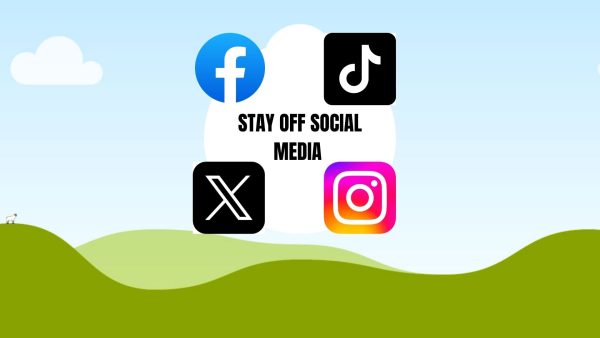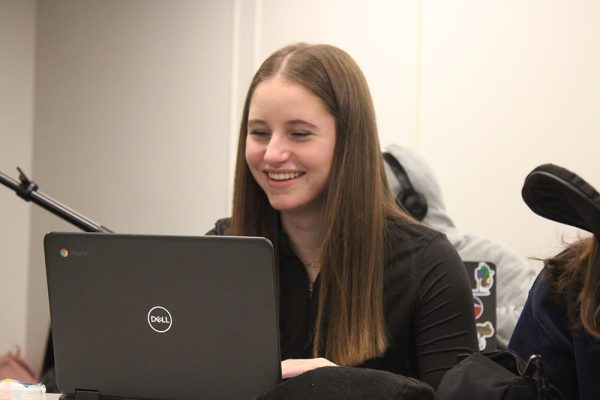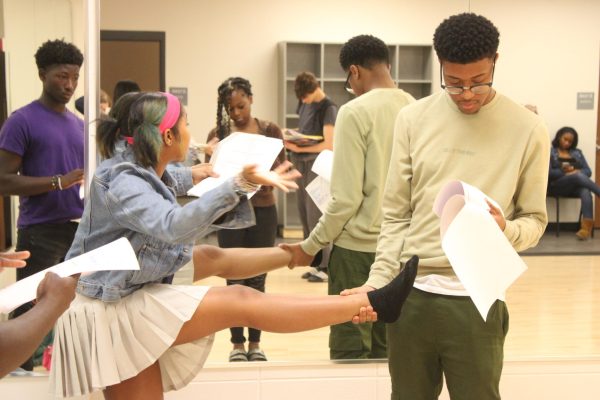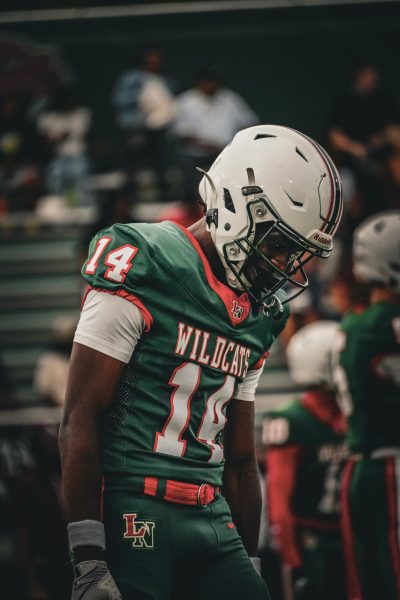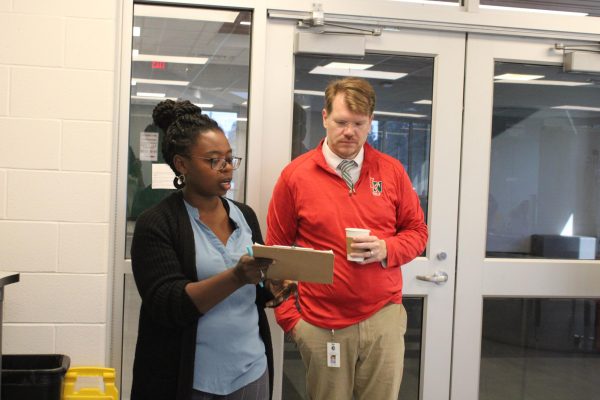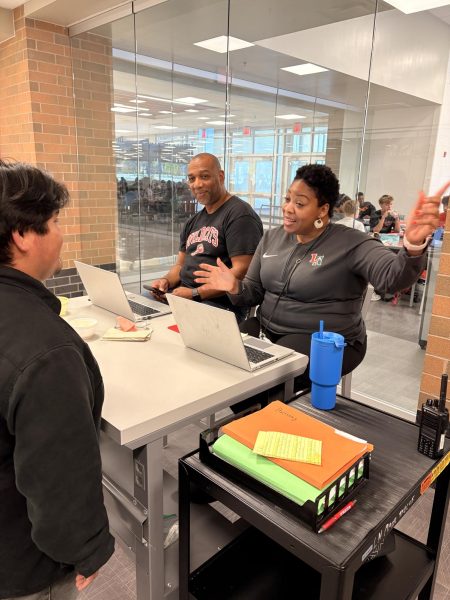Point Counter Point: Rigdon, Barlow debate the presence of a shot clock in high school baskteball
Editors Jared Rigdon and Keelen Barlow renew a long-standing debate among high school basketball fans: the shot clock. For a number of years, to the dismay of many, proposals to implement a shot clock in high school basketball have been defeated by the NFHS. As the 2018 IHSAA Boys Basketball State Finals get underway on Saturday, Rigdon and Barlow debate the presence of the shot clock in high school basketball.
Does high school basketball need a shot clock?
Jared Rigdon: YES
Westfield will probably hold the ball the entire time you read this. One minute in and they’ve still got the ball. Two minutes, three minutes, alright it’s time to get to work. This has long been an occurrence in high school hoops. With no shot clock, teams hold the ball for minutes on end. When this happens, scores like Carmel’s 33-24 win over Westfield in the Sectionals happen. Or there was last year when Carmel and LN met for a 3OT game that ended in a 50-48 win for Carmel. When two teams combine for 12 extra minutes of play and score fewer than that number of points, there’s a problem. Well IHSAA, there’s a problem, and you should only have 30 seconds to figure out why.
Now this issue isn’t something that’s new. IHSAA Basketball has been around for a while and the basketball rich state has been publicized even more by movies such as ‘Hoosiers’. ‘Hoosiers’ chronicles the improbable run of tiny Milan to their state title win in 1954 over powerhouse Muncie Central. In the overtime period, Milan holds the ball for what feels like an eternity before finally scoring the winning bucket, putting the small school into record books and Hollywood. There’s no doubt the game of basketball has adjusted over the past thirty to forty years. Many teams have gone away with traditional offenses, led by scripted plays and have transitioned to a run and gun offense similar to AAU Basketball. Having this style of basketball has led to an increased amount of scoring for teams (South Bend Riley averages 74.5 ppg) and for individuals (The Class 2018 has Romeo Langford and Eric Hunter in the top ten of all time IHSAA scoring). However there are occurrences when small school teams meet an elite state ranked lineup where we see the ball not moving for minutes on end. Three years ago, Center Grove held the ball against LN for almost ten minutes of the first half. A couple weeks ago, Carmel and Westfield combined for zero points in the first six minutes of the game as Westfield’s smaller, less athletic lineup held the ball against the bigger, sectional power Carmel. A shot clock in would fix the discrepancy in scoring and ensure quality basketball was being played more often than not.
You’d think the introduction of class basketball something would do away with holding the ball. Teams now play schedules constantly filled with teams in their respective classes, similar in size and skill set. If you’re playing teams similar to your own team, why can’t you play a normal style of basketball against that competition. If Springs Valley was playing South Bend Riley in one class basketball, I would understand holding the ball. That just isn’t fair competition. However, when you have two 4A teams playing each other and one team is so terrible that you have to hold the ball, just get off the court. We need a 30 second shot clock to ensure fans and opposing teams aren’t miserable as one team attempts to play the lowest scoring high school game because they purely can’t compete with another team. Teams are only granted 23 regular season games and one postseason game. Don’t waste a senior on the opposing team’s season because you can’t play quality basketball. To ensure quality basketball is being played in a basketball rich state, the IHSAA needs to take action. Eight states currently use a shot clock in high school play and it only makes sense. College has a shot clock and the NBA does as well. If we want to ensure quality basketball and prepare kids for the next level, Indiana needs a shot clock. I’m sure you’d hate to see a team hold the ball for minutes on end at the State Title games this Saturday. We can make sure that never happens, but you should only have 30 seconds to figure out why.
Keelen Barlow: NO
When James Naismith created the game of basketball, there was no shot clock. At the time, the players shot their soccer balls into peach baskets, and everyone had a grand ol’ time. There was no rush, no thrill of high scoring, up-tempo games at the Springfield YMCA. Since the says of Dr. Naismith, we have seen the shot clock become a fundamental part of basketball, both here at home and around the world in collegiate and professional associations. But that doesn’t mean the shot clock needs to nuzzle its way into the high school game.
I get it, the NBA was resurrected in the 1950s by the introduction of the shot clock. Fans were bored by 19-17 final scores and a deteriorating pace of play. Thus the shot clock was born. The NCAA eventually followed suit and adopted a shot clock for similar reasons to its professional counterpart–the fans. But high school basketball is different for one reason– it doesn’t have to cater to fans. High school basketball is not at it’s deathbed as the NBA was in the ‘50s. People, including myself, are still crazy for the best that Indiana high school basketball. Over the course of March 3-4, 16,000 fans attended the boys sectional in Seymour, Indiana. (The gym seats around 8000.) Session 2 attendance at the 2017 IHSAA Boys Basketball State Finals was recorded at 14,908, and total attendance for the state finals was 24,044. Bankers Life Fieldhouse, which holds around 18,500 fans, was around 80 percent full for the night session last year. The point is, even without a shot clock people are still showing up and they still care about the game in this basketball-crazed state.
The IHSAA is not obligated to wow its fans with high-flying and high-scoring basketball games. “Education-based athletics” do not have to bow down and entertain fans and public who cry for a faster pace of play. In theory, a shot clock would prompt higher scoring affairs between opposing teams and do away with 32-30 final scores; but a 2014 study by Max Preps disproves this idea. They examined 137,000 boys basketball games around the country and found that scoring averages are actually higher in states that do not have a shot clock than those who have adopted one. Nine of the top 10 states in terms of combined scoring averages (winner + loser) were ones that had not yet adopted a shot clock. Indiana was found to have a combined scoring average of 102 in the study.
The bottom line is, this topic only comes up on the rare occasion that the team we root for runs into a team that holds the ball, then we all start pounding our fists on the table for something to be done, only to move on once the next opponent is in store. Most of the time we enjoy our high school games without even noticing that there isn’t a shot clock. Not once this season while covering the boys basketball team do I remember thinking there needed to be a shot clock. Sure, both Ben Davis and LN used stalling tactics during an overtime-thriller on Feb. 9., but that game was one of the most exciting games to cover all year (LN won by the way) .
I don’t mean to sound like and old fart who is desperately holding on to his schools 1973 run to the boys basketball sectional title game but the high school game doesn’t need a shot clock. There’s no doubt that the shot clock works in the professional and collegiate games, but the high school game is just fine the way is. They say “If it ain’t broke, don’t fix it” and currently the high school game ain’t broke.






